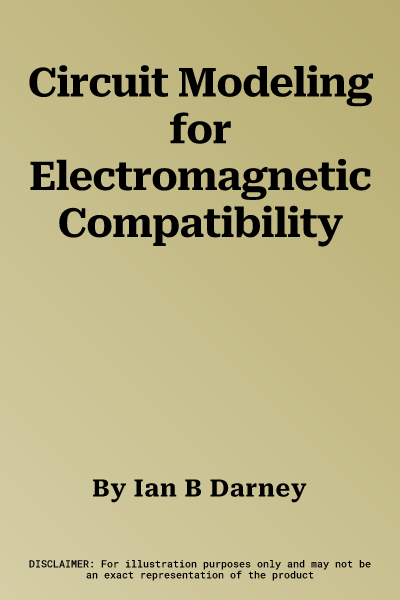Very simply, electromagnetic interference (EMI) costs money, reduces
profits, and generally wreaks havoc for circuit designers in all
industries. This book shows how the analytic tools of circuit theory can
be used to simulate the coupling of interference into, and out of, any
signal link in the system being reviewed. The technique is simple,
systematic and accurate. It enables the design of any equipment to be
tailored to meet EMC requirements.Every electronic system consists of a
number of functional modules interconnected by signal links and power
supply lines. Electromagnetic interference can be coupled into and out
of every conductor. A review of the construction of the wiring
assemblies and the functions of the signals they carry will allow
critical links to be identified. Circuit modeling can be used to
simulate the electromagnetic coupling mechanism of each critical link,
allowing its performance to be analyzed and compared with the formal
requirements. Bench testing during the development of any product will
allow any interference problem to be identified and corrected, long
before the manufactured unit is subjected to formal testing. Key
Features: A fully outlined, systematic and dramatically simplified
process of designing equipment to meet EMC requirements; Focuses on
simplifications which enable electrical engineers to singularly handle
EMC problems; Helps minimize time-to-market of new products and reduces
the need for costly and time-consuming modifications; Outlines how
general purpose test equipment (oscilloscopes and signal generators) can
be used to validate and refine any model; Discusses how to use Mathcad
or MATLAB(R) to perform analysis and assessment.

